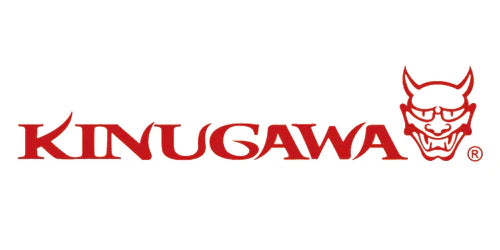Ball Bearing Turbos: Applied on STS Advanced

- Reduced Friction: Those tiny balls significantly reduce friction between the shaft and the housing. This allows the turbine wheel to spin more freely, especially at lower speeds.
- Faster Spool-up: Less friction means quicker response! You'll notice the boost building earlier in the RPM range, leading to improved acceleration and a more responsive driving experience.
-
Higher Efficiency at Low Speeds: Ball bearings excel at lower speeds where oil pressure in a journal bearing system might not be fully established.
-
Ideal for:
Daily drivers who want sharper throttle response. - Applications where low-end torque and quick boost are prioritized.
Journal (aka Bush) Bearing Turbos: Applied on STD/STS/STS55

- Robust and Durable: The oil film acts as a strong cushion, making journal bearings highly resistant to wear and tear, even under high boost and extreme temperatures.
- Cost-Effective: Generally, journal bearing turbos are more affordable than their ball bearing counterparts.
-
Higher Efficiency at High Speeds: As oil pressure increases with RPM, the oil film in a journal bearing provides excellent stability and efficiency at higher speeds.The following source is from Garrett - Advancing Motion
-
Ideal for:
High-performance applications where durability is paramount. - Motorsport or racing where the turbocharger is consistently pushed to its limits.
- Situations where budget is a major consideration.
Beyond the Basics:
- Oil Quality is Crucial: High-quality oil and regular oil changes are essential for longevity and performance for both types of bearings, but especially journal bearings.
- Hybrid Bearings: Some turbochargers utilize a hybrid design, combining ball bearing and journal bearing technology elements to leverage each advantage.
Choosing the Right Type:

Ultimately, the best choice depends on your specific needs and priorities. When making your decision, consider your driving style, performance goals, and budget. Do you have any other questions about turbocharger technologies or need help choosing the proper turbo for your application? I'm here to assist you!

